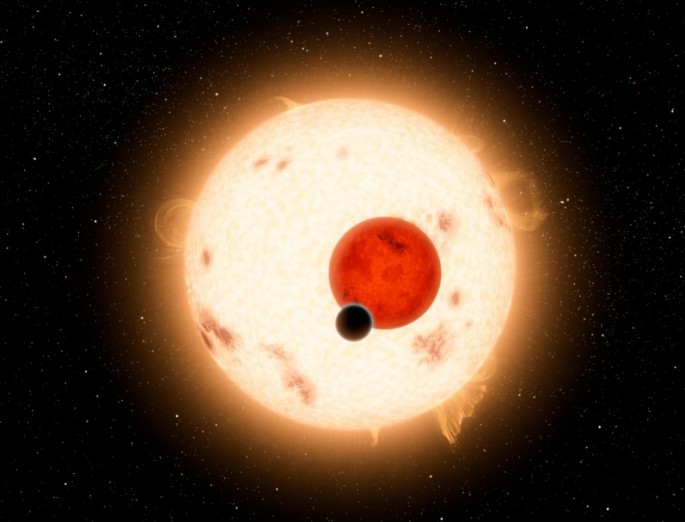Astronomers have discovered a new Earth like planet called Kepler-453b which is orbiting a pair of stars very much similar to the desert planet Tatooine in the sci-fi film, Star Wars. To date, it is the 10th circumbinary planet or one planet orbiting two stars discovered by the NASA Kepler Space Telescope.
Scientists also discovered that this exoplanet is located in the "habitable zone" near its parent stars, where more exoplanets could also be found in this region says Stephen Kane from the San Francisco State University.
Kane believes that alien worlds such as Kepler 453b are extremely rare since it possesses an erratic orbit that is being pulled away by gravitational forces of two stars, where Kane likened it to a spinning top. He says that if NASA conducted its Kepler observations during a different time, NASA would have simply missed detecting this planet.
Kane adds that if this planet was observed at an earlier or later timeline, scientists would instantly assume that there is no planet there, suggesting that there could be a lot more planets like this, but observations were just carried out in the wrong time.
Astronomers now believe that this twitchy movement of the Kepler 453b planet only makes its visible to astronomers only during 9 percent of the time. If researchers did not detect it this time, the next chance to be able to detect the exoplanet is in 2066.
The planet's transit apparently only blocked 0.5 percent of the light from its parent stars that allowed astronomers to obtain measurements of the planet where its radius is 6.2 times of Earth's. Scientists also say that the exoplanet is 60 percent larger than Neptune where its size suggest that it could be a gas planet and not a rocky planet like Earth, making it inhospitable for life even if it is located in the habitable zone.
Kane adds that its moons could be composed of rocky materials which suggests life on one of its moons. This study is published in the Astrophysical Journal.



























